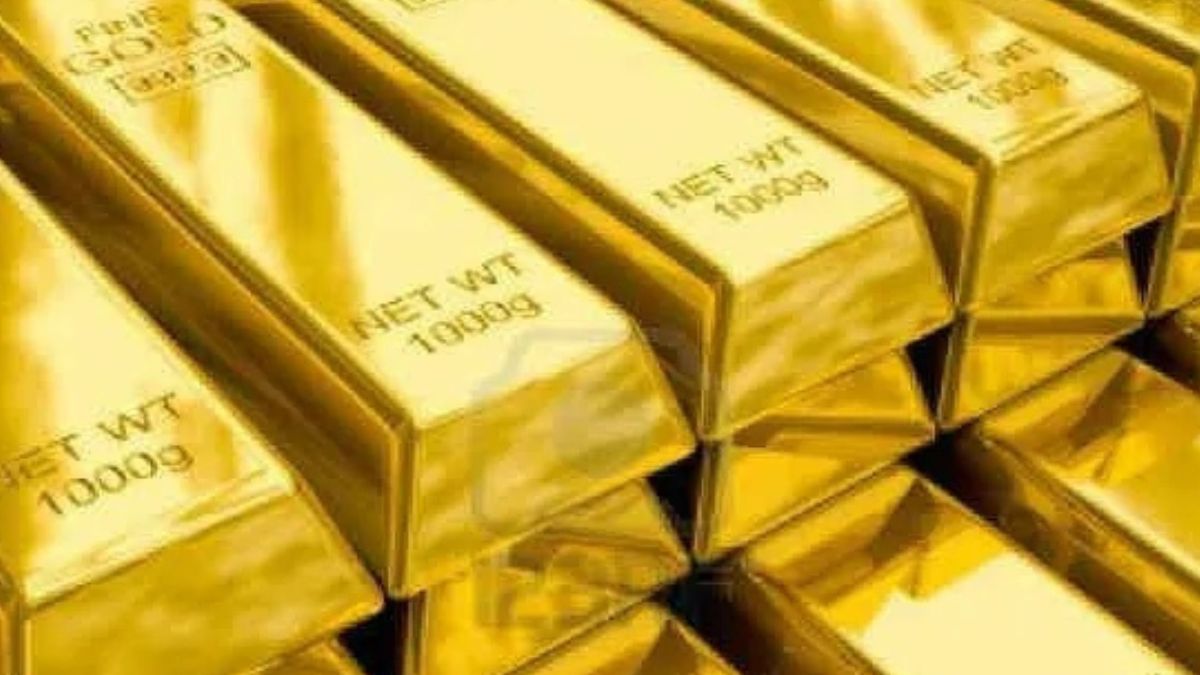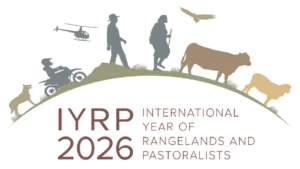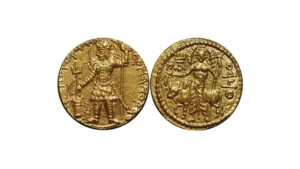Gold has officially become the second-largest global reserve asset, surpassing the euro, as revealed by a recent European Central Bank (ECB) report. Central banks across the world have ramped up their gold holdings in response to persistent geopolitical tensions, inflation fears, and concerns over the reliability of dominant currencies — notably after Russia’s invasion of Ukraine. However, while gold’s value and significance in global reserves continue to rise, central bank demand is beginning to slow, signaling a shift in reserve accumulation strategies.
Why in News?
The European Central Bank’s June 2025 report has highlighted a paradigm shift in global reserve compositions. Gold, once a traditional store of value, has now overtaken the euro in terms of share in central bank reserves. Its ascent has been driven by price surges and elevated geopolitical risks, but analysts now indicate that the buying frenzy might plateau, reflecting a maturing phase in reserve diversification.
Key Highlights
- Gold’s Reserve Share: Rose from around 16.5% in 2023 to 19% in 2024, overtaking the euro, which dropped to 16%.
- Top Reserve Asset: The U.S. dollar still dominates at 47% of global reserves.
- Central Bank Demand: Central banks now account for over 20% of global gold demand, doubling from a decade ago.
- Geopolitical Drivers: The Russia-Ukraine war, inflation, and U.S. economic sanctions prompted increased gold accumulation.
Background
Historical Context
- Gold reserves are at their highest levels since the 1960s.
- Traditionally used to hedge against currency risk and inflation.
Why Gold?
- Perceived as a safe haven asset.
- Offers liquidity and long-term value, especially during economic volatility.
Post-2022 Surge
- Russia’s invasion of Ukraine, combined with rising global inflation, led to a spike in gold demand and prices.
- Gold has hit multiple record highs since then.
Global Dynamics
Emerging Economies Lead the Shift
- Countries wary of currency sanctions (e.g., Russia, China) turned to gold.
- Motivated by fear of erosion in the dominance of the dollar/euro.
Slowdown Expected
- While gold demand remains strong, central banks appear to be reaching saturation.
- Volatile prices and U.S. tariff changes are affecting confidence and pacing.
| Summary/Static | Details |
| Why in the news? | Gold Becomes World’s Second-Largest Reserve Asset After U.S. Dollar |
| Gold’s Global Reserve Rank | 2nd (after U.S. dollar) |
| Share in Global Reserves (2024) | 19% (Gold), 16% (Euro), 47% (U.S. Dollar) |
| Main Buyers | Central Banks, especially from Emerging Markets |
| Key Drivers | Geopolitical tension, inflation, U.S. sanctions, market volatility |
| Trend Shift | Demand remains but is expected to slow down |
| Historic Level | Gold reserves at highest since the 1960s |



 UN Declares 2026 International Year for ...
UN Declares 2026 International Year for ...
 2,000-Year-Old Kushan Coins from King Va...
2,000-Year-Old Kushan Coins from King Va...
 German Chancellor Friedrich Merz to Visi...
German Chancellor Friedrich Merz to Visi...







